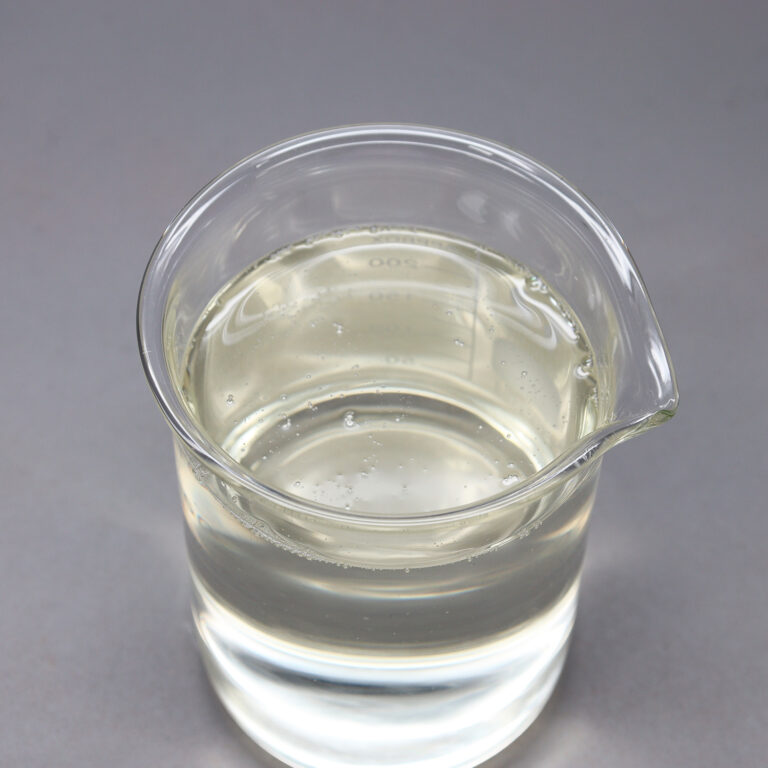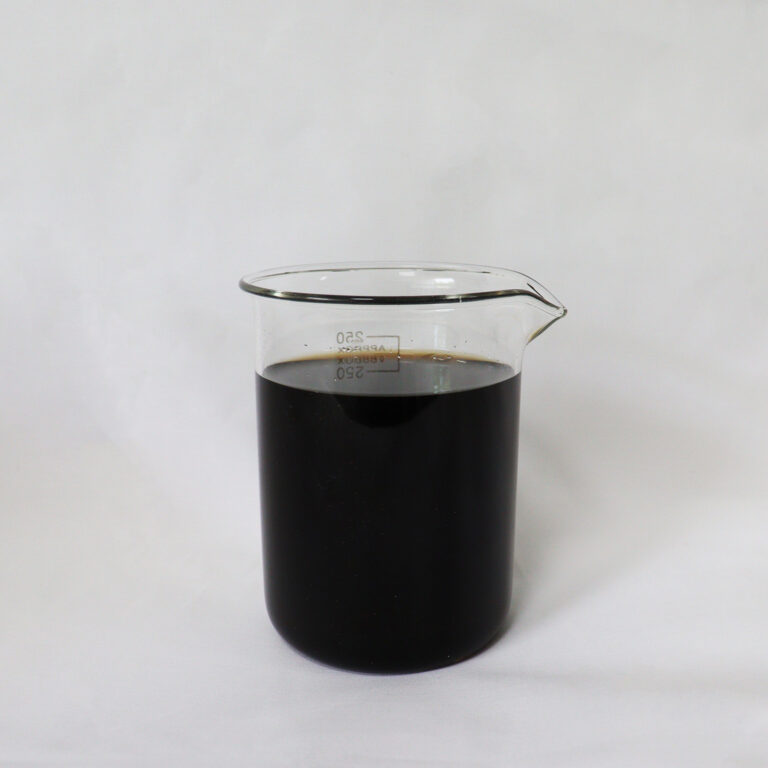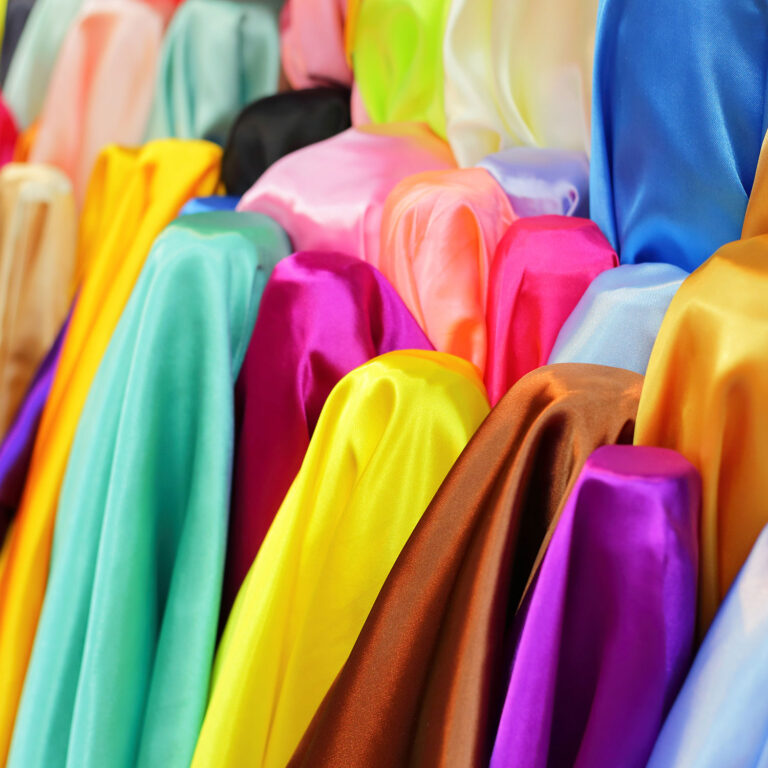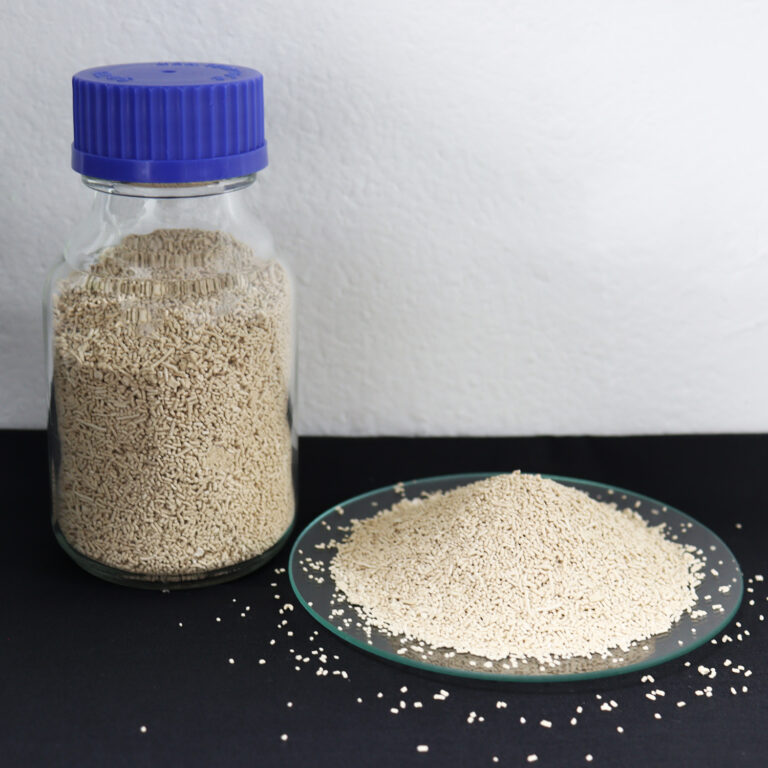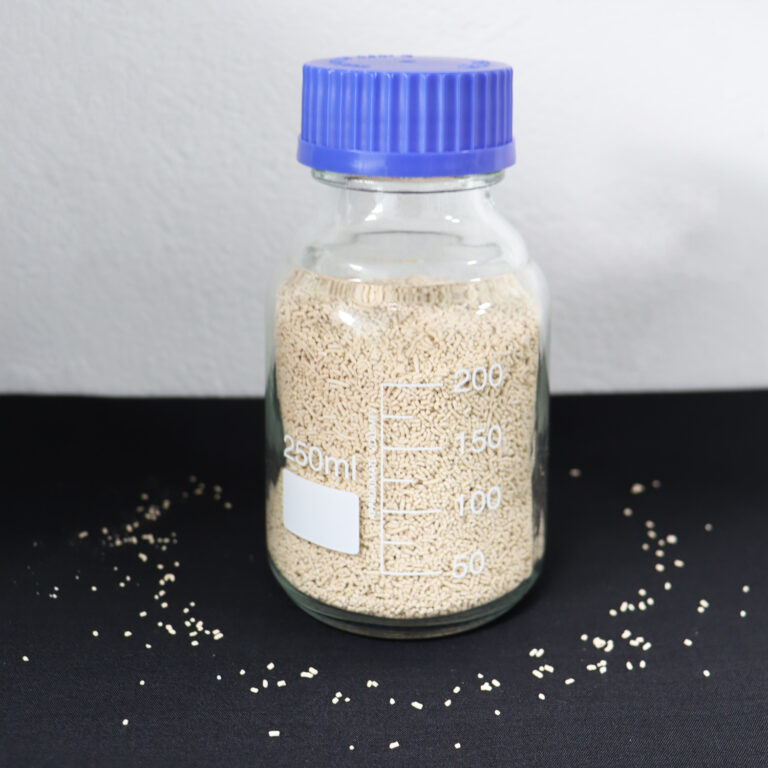As international demand grows for high-quality textile chemicals, bead-type silicone softeners are gaining popularity due to their stability, concentration, and versatility. But for importers and buyers across the globe, a few critical questions must be answered before placing a bulk order. From product performance to packaging and logistics, every detail counts when it comes to exporting silicone softeners for garment production.
In this article, we’ll address five essential questions to ask before importing bead-type softeners, and offer practical tips on packaging, storage, and transport to ensure your supply chain stays efficient and reliable.
1. Is Bead-Type Silicone Softener Compatible with My Fabric Type?
Bead-type softeners work well with a wide range of textiles—cotton, polyester, viscose, and blends—but compatibility still depends on formulation and application conditions. Always ask your supplier for compatibility data or request a sample test on your actual fabric.
2. How Concentrated Is the Bead-Type Softener?
One major advantage of bead-type softeners is their high active content (often over 90%). This means lower dosage, reduced shipping volume, and better cost-efficiency. Confirm the concentration and recommended dilution ratio with your supplier.
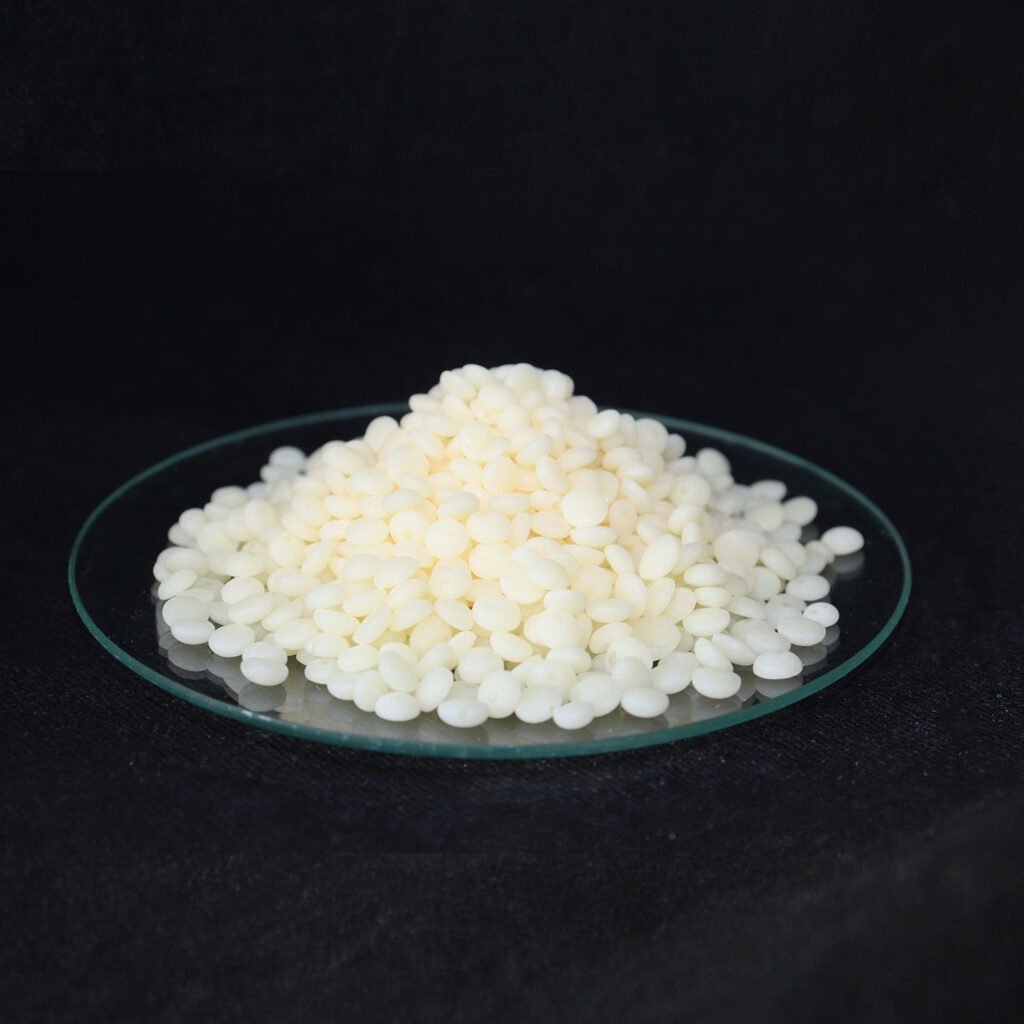

3. Does the Softener Require Emulsification?
Some bead softeners require emulsification before use in a padding or exhaust process. Others are pre-emulsified or designed for direct water dispersion. Ask about the emulsification method, required equipment, and technical support for lab testing.
4. What Is the Shelf Life & Storage Requirement?
Silicone bead softeners are generally more stable than liquids, offering a longer shelf life (up to 12 months or more). However, proper storage is crucial. Check if the product needs to be stored in a cool, dry environment, and whether there are temperature limits for storage or shipping.
5. What Packaging Options Are Available for Export?
Packaging affects both product integrity and shipping efficiency. Common packaging includes:
- 20kg woven bags with PE liners
- 25kg kraft paper bags
- Customized packaging for OEM orders
Make sure the packaging is moisture-resistant, clearly labeled, and complies with your country’s chemical import regulations.
Packaging, Storage & Transport: Export Checklist for Bead-Type Silicone Softeners
To ensure smooth international shipping and storage, here are some essential tips:
✔ Choose Durable, Leak-Proof Packaging
Strong double-layered bags or barrels protect the product from moisture, damage, and contamination during long-distance transport.
✔ Label Clearly and Compliantly
Each unit should include information such as product name, batch number, net weight, production date, and supplier contact. For example:
Supplier: Meixin Biotech Co., Ltd. | Email: connie.huang@meixinbiotech.com
✔ Store in a Cool, Dry, and Ventilated Area
Ideal storage temperature: 5–30°C (41–86°F). Avoid direct sunlight, rain, or humid environments.
✔ Use Pallets for Container Loading
When exporting large volumes, standardized pallet stacking helps maximize container space and reduce shifting during sea transport.
✔ Check Local Customs and Chemical Regulations
Ensure compliance with MSDS documentation, local environmental laws, and import registration if needed.
Conclusion: Is Bead-Type Softener Suitable for Export?
Absolutely — bead-type silicone softeners are an excellent option for global garment factories and textile finishers looking for a long shelf life, high concentration, and cost-effective shipping. However, to maximize benefits and avoid issues, it’s important to choose a reliable supplier and clarify technical, packaging, and shipping details upfront.
For OEM/ODM options, custom labeling, and global delivery, contact Meixin Biotech Co., Ltd. at
connie.huang@meixinbiotech.com
Softening Auxiliaries Articles
How Fabric Softener Flakes Improve Hand Feel in Garment Finishing
Silicone Softener Beads vs. Emulsions: Pros and Cons for Textile Finishing
Softergent Flakes vs. Liquid Softeners: Which Should You Use?
Top 5 Applications of Silicone-Based Softeners in Modern Textile Processing
How Silicone Softening Beads Improve Fabric Feel and Process Efficiency
Silicone Fabric Softener vs. Traditional Softeners: Which Is Better?
What Is a Silicone Softener for Textiles? Benefits, Types & Applications
Understanding Fabric Softener Flakes: Types, Usage & Key Advantages
Does Silicone Softener Affect Color Fastness? Application Tips for Garment Dyeing
How to Apply Silicone Fabric Softeners in Dyeing & Finishing Processes
Where to Buy High-Quality Silicone Softener for Textiles (2025 Guide)
How to Choose the Right Silicone Fabric Softener for Cotton, Polyester & Blends
Top Exporters & Manufacturers of Silicone Softening Beads in China
Understanding Fabric Softener Flakes and Their Role in Textile Care
Is Bead-Type Softener Suitable for Export? 5 Key Questions + Packaging, Storage & Transport Tips
5 Key Questions to Ask Before Buying Silicone Softeners for Garment Production
How High-Concentration Softeners Help Garment Factories Reduce Production Costs
Bead vs. Liquid Silicone Softeners: Which Is Better for Mass Fabric Processing?
Eco-Friendly Silicone Fabric Softeners: Are They Worth the Switch?
FAQs About Silicone Softener for Textiles: Everything Importers Need to Know


